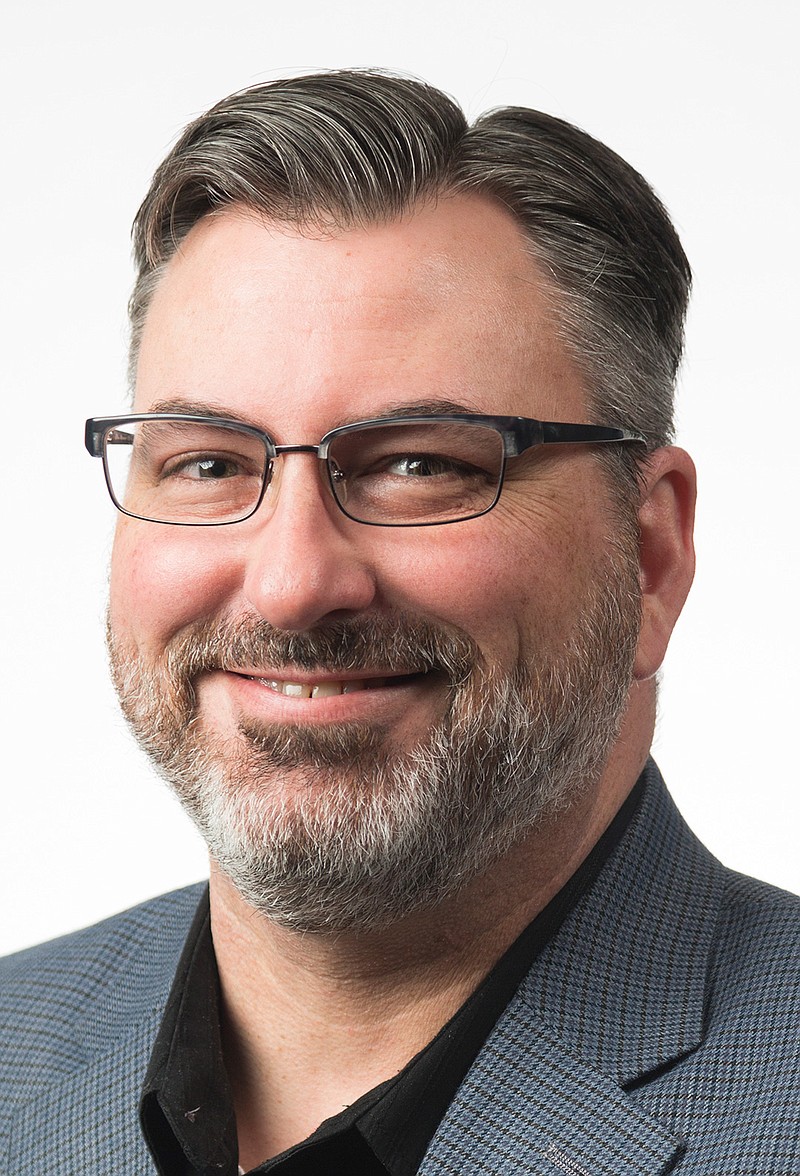On Groundhog Day, the midpoint of winter, one edge of the house across the street split the setting sun in half.
I happened to be in the right place - my front doorway - at the right time to notice, and it occurred to me that if I stood in the same spot at sunset exactly a year from then, I would see it again. In fact, I could use neighborhood landmarks as a kind of calendar, my own sort of Stonehenge, to mark the sun's journey across the sky throughout the year. I resolved to make more observations on the vernal equinox, the first day of spring, next month.
A couple of days later, life provided a bookend. Awake before 4 a.m. in the other end of the house, I happened to look out my kitchen window and noticed past a church's rooftop the unmistakable glow of firelight flickering on a column of smoke. I threw on some clothes, grabbed my press badge and drove that direction, hoping I wouldn't be covering another fatality by fire.
It was easy to find. The little house was fully aflame when I arrived, and firefighters had little to do except contain the fire as they doused it from an aerial ladder above. I gathered what little information was available - thankful no one was hurt - took photos and video, and returned home to post my little pre-dawn scoop.
I can't say when or why this pair of moments coalesced for me into metaphor. Two accidents of time and place had brought lights on opposite horizons to my attention. On one side, I'd witnessed the predictability of Earth's orbit. On the other, a blazing surprise of fate. We all live in the middle, I thought, somewhere between what will be and what could be.
Despite what we can count on, survive long enough and you'll give up forecasting the future. The lovely new friendship and the loved one's dire diagnosis, the life-changing business deal and the history-changing economic bust, the secret revealed and the fact forgotten - much if not most of what happens in our lives arrives like a sudden stranger knocking. Who could have foretold a year ago how much the world would have changed since, and in which ways?
Still, we try. Most people are so averse to uncertainty they'll choose believing a far-fetched assertion over accepting the fogginess of "I don't know." And who can blame us? We feel we need something - even if it's imaginary - to steer by.
Which brings me back to Groundhog Day. Now it's a quaint tradition mostly good for bolstering tourism in Punxsutawney, Pennsylvania, and best known for inspiring its namesake classic comedy film. But as a method of weather prediction, the practice of observing nature, including when hibernating animals emerge from their burrows, dates back many centuries. Farmers afraid of planting too soon, then losing their crops to freak late frosts, latched onto any barely plausible sign of what the near future would bring.
Which is all to say that noticing and extrapolating patterns is so fundamental to human nature that we do so all the time, often unconsciously and often fooling ourselves into a false sense of certainty. Surely, we think, watching sunsets and shadows, tomorrow won't surprise us. Surely our luck won't get better or worse. Surely our hearts will keep beating. Surely our houses won't burn.
It's much better, I think, to keep in mind how little we know about what's headed our way, despite our rituals of prediction, as uncomfortable as uncertainty may be. What's next? I don't know, and I don't like that. But I'd rather embrace the question than strain for an answer.

